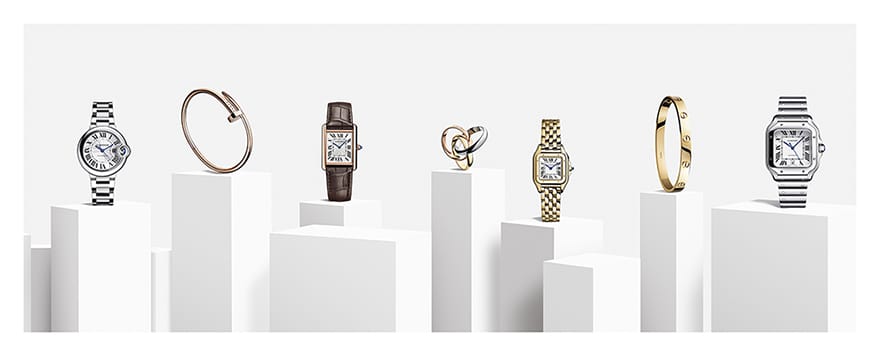
From the sensual calligraphic handwritten oblique font to the intertwined C monogram and gold guirlande-adorned red jewellery boxes, the signature of French jeweller Cartier has been synonymous with luxury, wealth and elegance. Founded by Louis-François Cartier in the French capital of Paris in 1847, Cartier has gone on to be one of the most recognisable names in the world of luxury.
Through the eyes of the Maison, everything stems from a design evident in the Juste un Clou, Tank, Trinity, Love, Ballon Bleu, Santos and Panthère. In their simplest forms, these creations exist as inconspicuous objects — a humble nail, a brancard, a trio of intertwined bands, an oval bracelet, a pebble-shaped watch and a pair of round-edged square watches. However, with Cartier’s four governing principles of pure lines, accurate shapes, precise proportions and precious details, these creations became icons in their own right with legendary stories to boot. This is Cartier’s Culture of Design.
Pure Lines
The ability to be recognised instantly from the first glance in Cartier’s legendary collections represents the Maison’s pursuit of pure lines. When stripped down to its purest form, the Maison recognises these as structures such as the brancard of the Tank. It is with this obsession that has since elevated ordinary shapes to icons of the world.
Accurate Shapes
Cartier asks the questions of a designer when looking at geometrical shapes. Can a square be altered or a circle be expressed through spheres of ovals? Through the study of parallelism, symmetry and asymmetry, perspective and depth, Cartier reinvents new forms and gives meaning to ordinary shapes.
Precise Proportions
Proportion is the balance and harmony between lines and shapes, movement and stillness. When measured precisely, proportion takes on its true meaning with an ability to exude elegance from the way the creation is intended to be whether it is a watch, ring or bracelet. Through technical innovation, research on ergonomics and understanding of function, Cartier has perfected the art of proportions in its precious accessories.
Precise Proportions
The statement “the devil is in the details” rings true as Cartier celebrates and finds beauty in what others hide. Be it a blue bubble in the Ballon Bleu or exposed screws of the Love, every detail is created with intent and not without aim as it must provide value to its wearer.
Ballon Bleu de Cartier
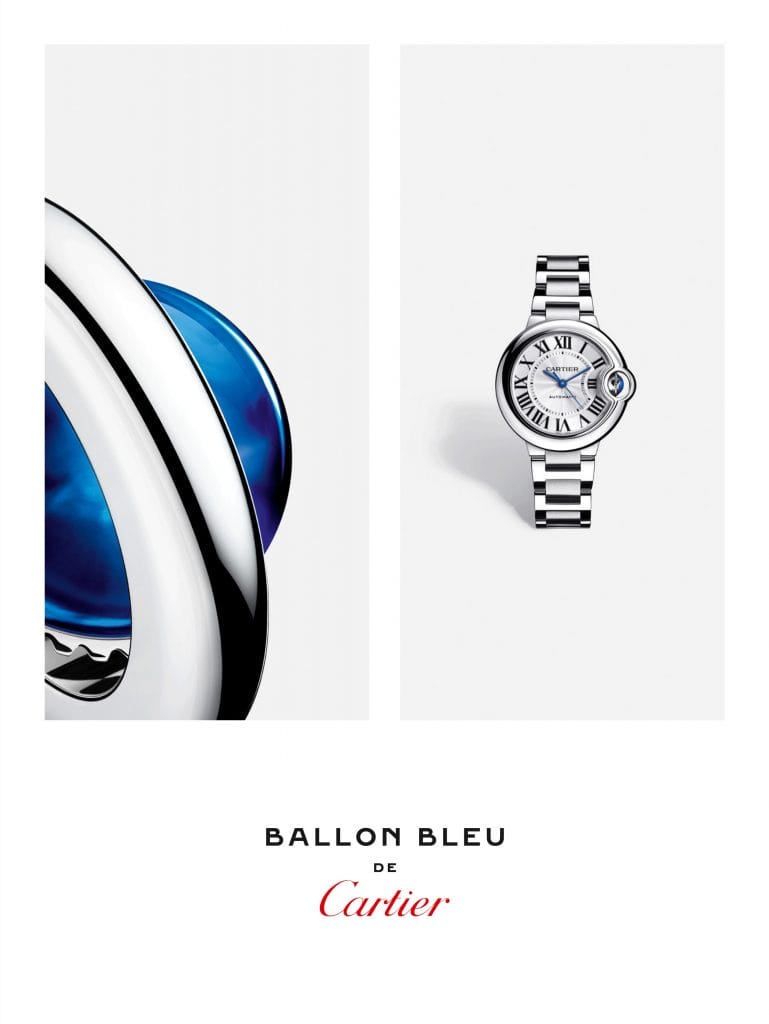
The inception of the Ballon Bleu in 2007 came from a vision of roundness as its case took on a play of the circle in the form of a double convex case. The watch crown is integrated within the case curves to avoid breaking the sensual curve that flows throughout the watch.
—
Juste un Clou
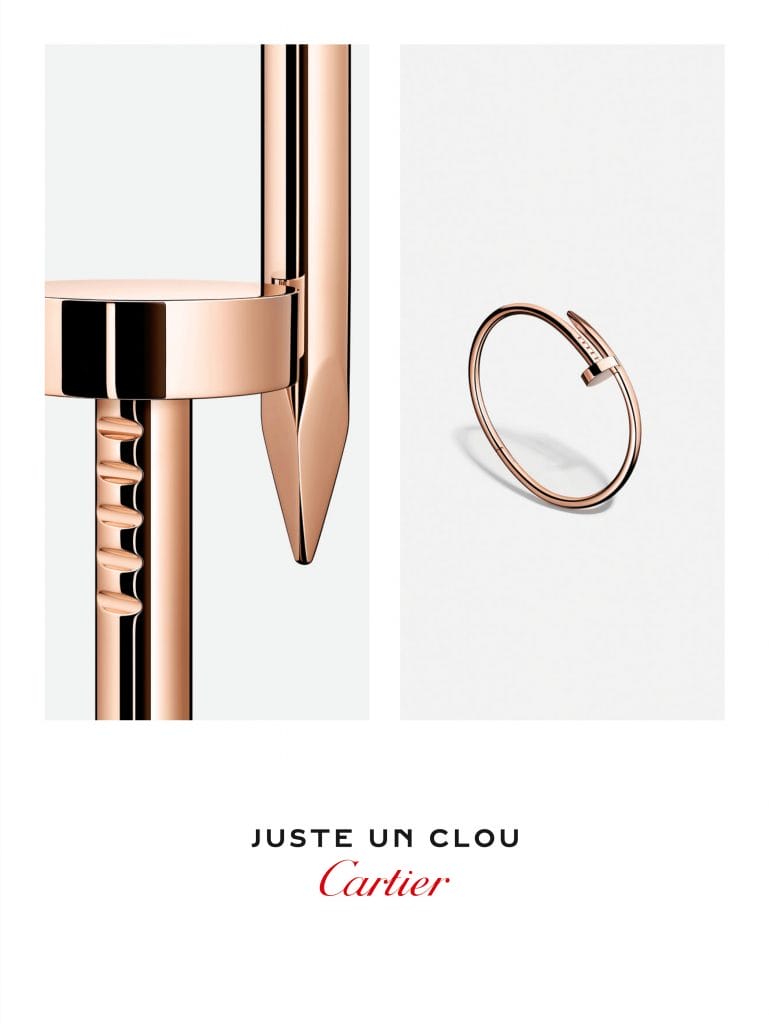
Aldo Cipullo elevates the humble nail into a statement wrist jewellery as his creation for Cartier New York in the 1970s features clean and uncompromising lines. Since then, the Juste un Clou has been reinterpreted as a ring, necklace and earring on top of its original bracelet form.
—
Tank
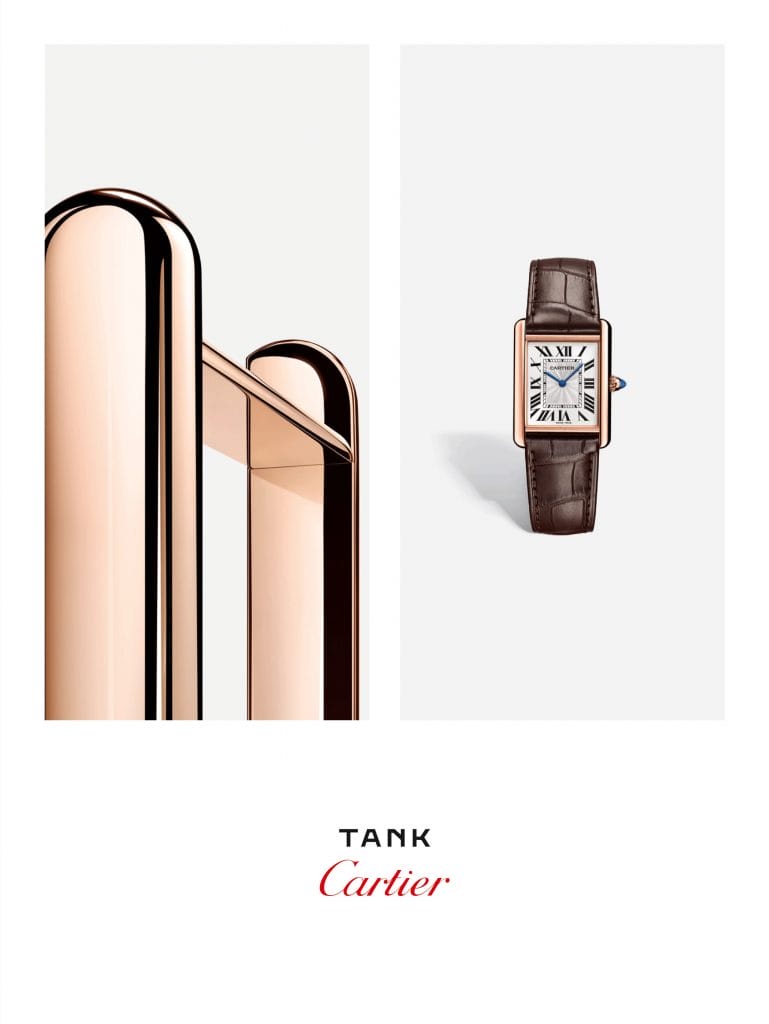
One of Louis Cartier’s earlier creations is the Tank that draws inspiration from two parallel brancards. While the inspiration of the Tank came from combat vehicles, it redefined how watches were made with the positioning of the strap to be aligned with the case attachments to main the rhythm of the design.
—
Trinity
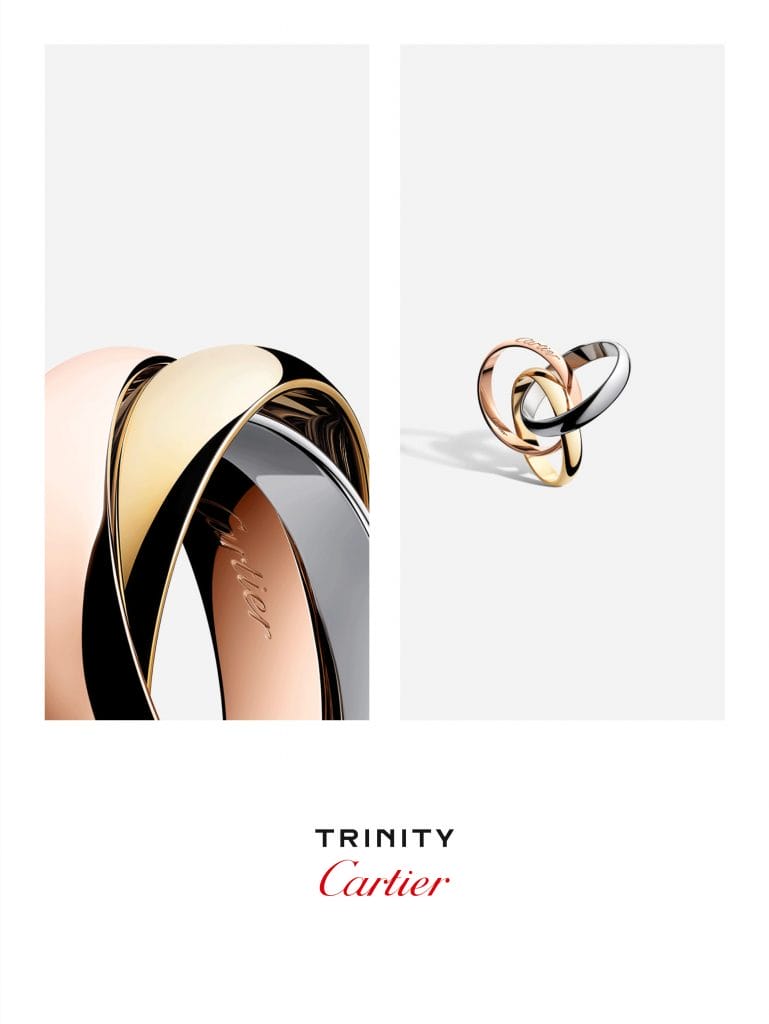
The Trinity is the perfect embodiment of proportion as three intertwined and mobile rings work in harmony to feature a unique chromatic combination.
—
Panthère de Cartier
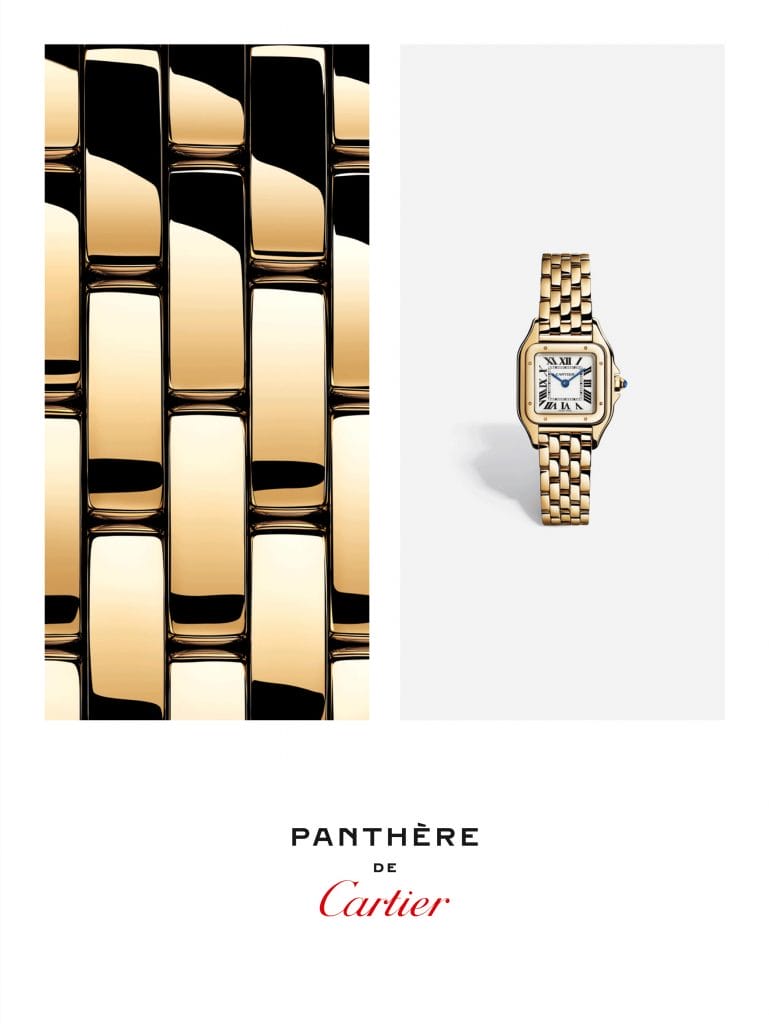
The Panthère celebrates the glamour of the 1980s with a wristwatch that takes the status of jewellery. Named after its fluid and silky Maillon Panthère bracelet, the ultra-flexible design is suggestive of the way the Maison’s emblematic panther moves.
—
Love
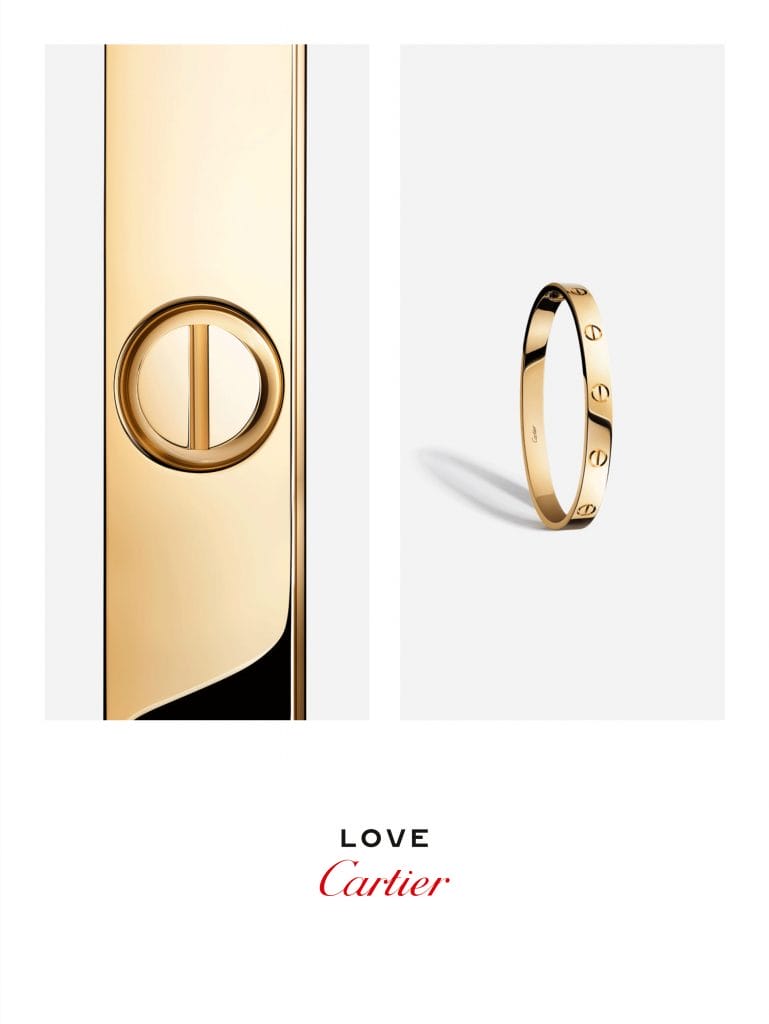
Style meets function as Aldo Cipullo’s oval-shaped Love was born in New York in 1969 by combining two screwed-together flat and rigid circular arcs. The shape of the Love was intended to hug the wrist while the functional and exposed screws are integral to the design language of the iconic bracelet.
—
Santos de Cartier
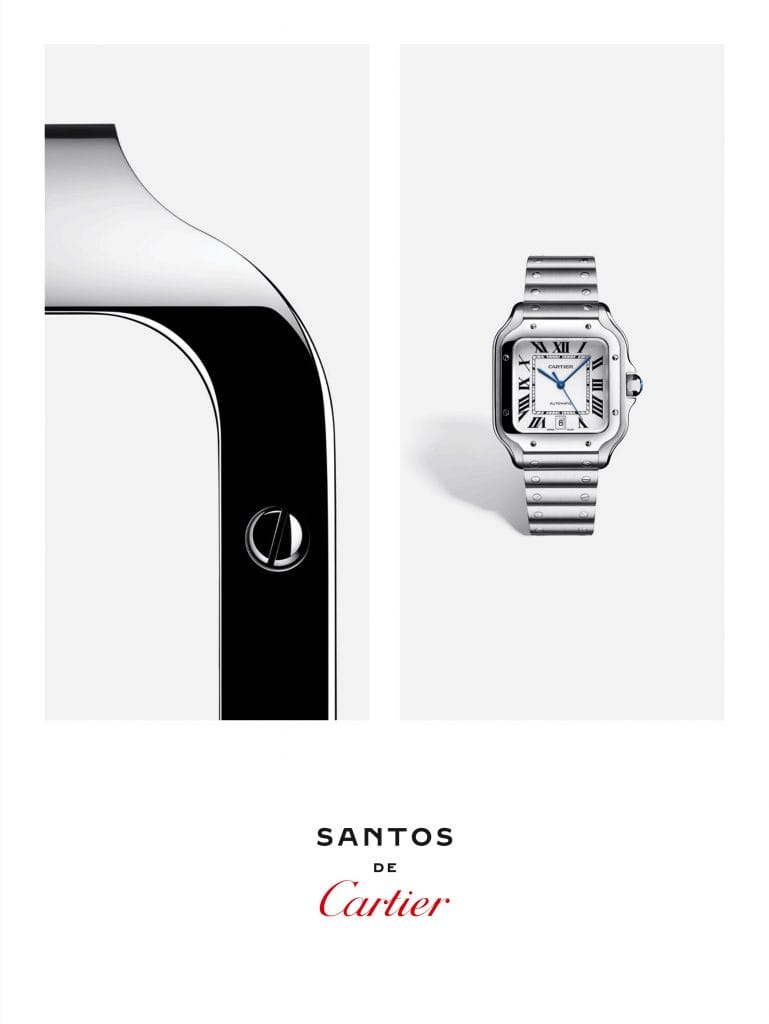
Created in 1904 by Louis Cartier for Brazilian aviator Alberto Santos-Dumont, the Santos is considered the first modern wristwatch. A square case with rounded edges and exposed screws on the bezel has made it one of the most iconic wristwatches ever created.
This story of Cartier’s Culture of Design first appeared in the February ’21 issue of Men’s Folio Singapore.








